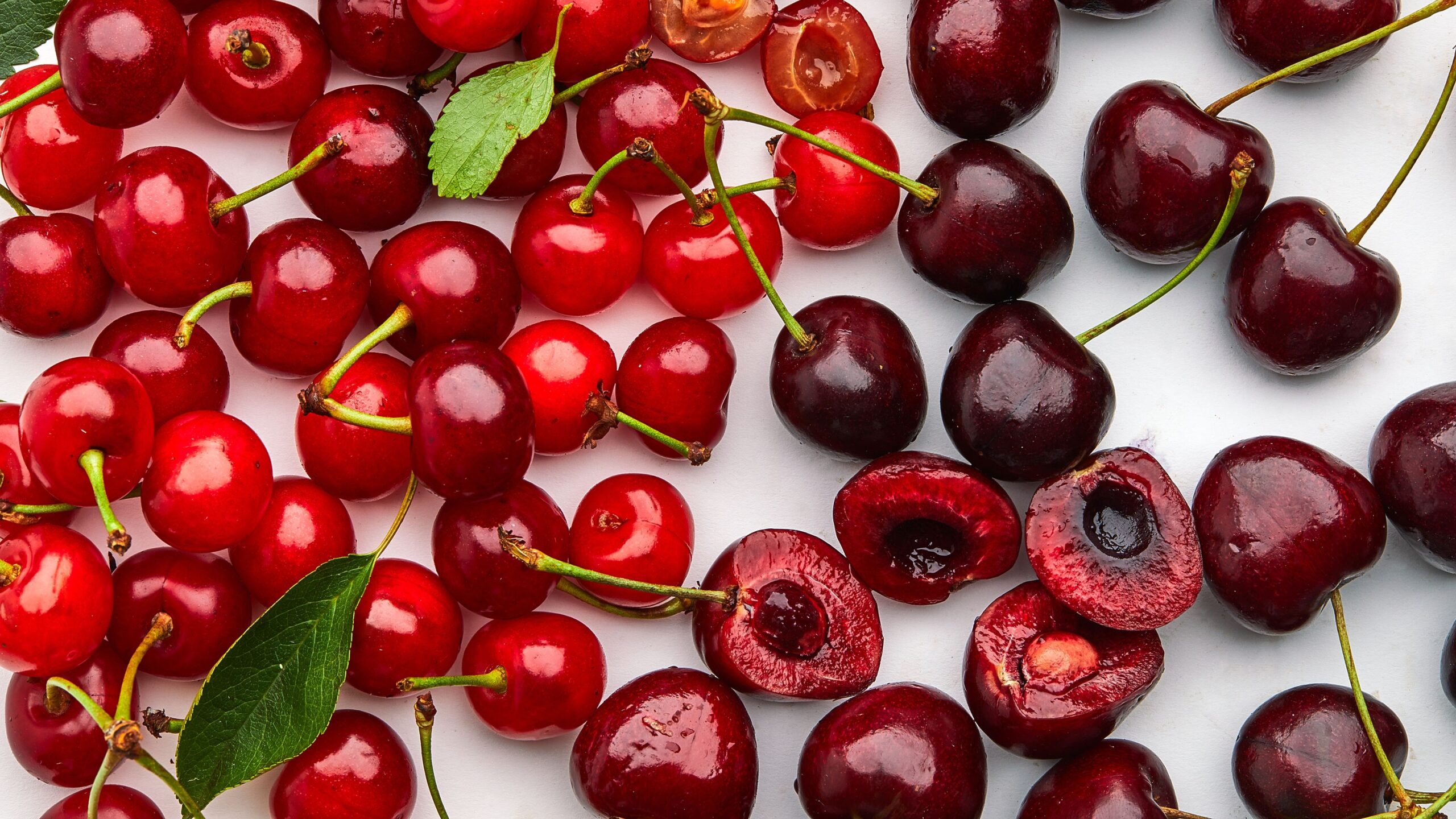Cherries, those luscious and vibrant red gems, have been enjoyed by humanity for centuries. But have you ever wondered where they come from? Well, prepare to embark on a fascinating journey as we unravel the origins of these delectable fruits. From their humble beginnings in the fertile lands of Eastern Europe and Western Asia to their spread across the globe, cherries have a rich history deeply intertwined with human cultivation and appreciation. So, let’s delve into the captivating tale of where cherries truly come from.
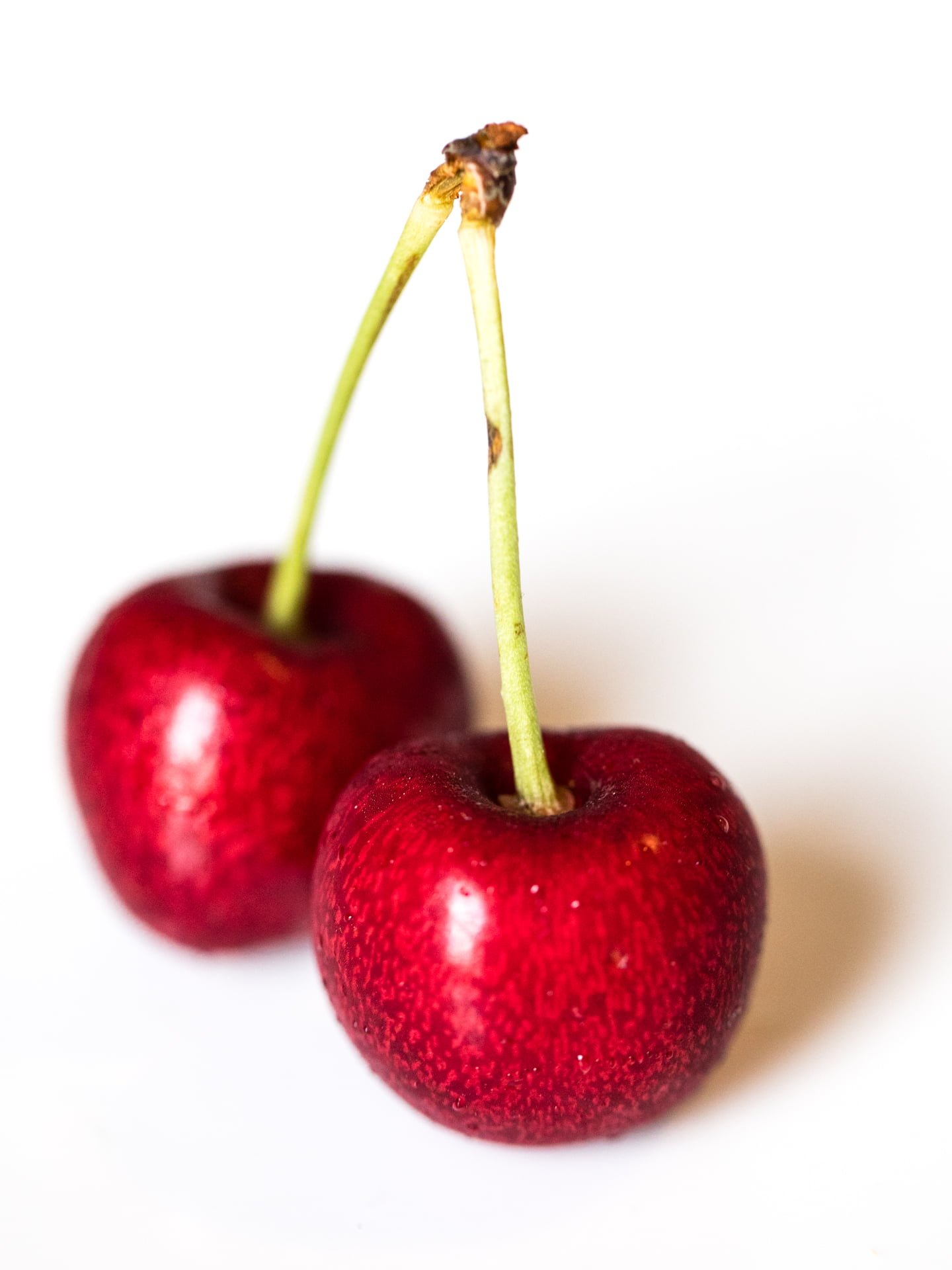
The Origin of Cherries
Ancient Origins
Cherries have a long and storied history, dating back thousands of years. The exact origin of cherries is not definitively known, but it is believed that they were first cultivated in the region encompassing modern-day Iran and parts of Western Asia. Ancient writings and archaeological evidence suggest that cherries were enjoyed as early as 300 BCE, with references to the fruit found in texts from ancient Greece and Rome.
Introduction to Europe
Cherries were introduced to Europe by the Romans, who brought the fruit with them during their conquests. It is believed that the Roman general Lucullus, after returning from a military campaign in Asia Minor, brought back cherry trees to plant in Rome. From there, the cultivation of cherries spread throughout Europe, with different varieties and cultivars adapting to the diverse climates and growing conditions of the continent.
Introduction to North America
Cherries made their way to North America with the early European settlers. The first cherry trees were brought to the United States in the 1600s by English colonists. The climate and soil conditions in certain parts of North America were favorable for cherry cultivation, and the fruit became a valuable commodity in both the colonial and post-colonial eras. Today, cherries are grown in various regions across the United States and Canada, contributing to the vibrant cherry industry in North America.
Varieties of Cherries
Sweet Cherries
Sweet cherries, also known as dessert cherries, are the most commonly consumed cherry variety. They are characterized by their firm and juicy texture, as well as their rich and sweet flavor. Sweet cherries come in a range of colors, including red, yellow, and black, and are popular for fresh consumption. Some popular sweet cherry cultivars include Bing, Rainier, and Stella.
Sour Cherries
Sour cherries, also known as tart cherries, are smaller and more acidic than sweet cherries. They are especially popular for use in baking and cooking, as their tartness adds a unique flavor profile to dishes. Sour cherries are typically bright red in color and have a soft and tender texture. Montmorency and Morello are two widely grown varieties of sour cherries.
Wild Cherries
Wild cherries, also known as bird cherries or hedgerow cherries, are native to various parts of the world. They are smaller and less commonly consumed by humans, but are important for their ecological role in supporting bird populations and providing food in natural habitats. Wild cherries often have a slightly bitter taste and can vary in color from red to black.
Different Cultivars
Over the years, cherry growers and breeders have developed numerous cultivars and hybrids, each with its own distinct characteristics. These different cultivars offer a wide range of flavors, textures, and appearances, allowing consumers to choose cherries that best suit their preferences. Some notable cherry cultivars include the heart-shaped Napoleon, the yellow Rainier, and the dark and flavorful Stella.
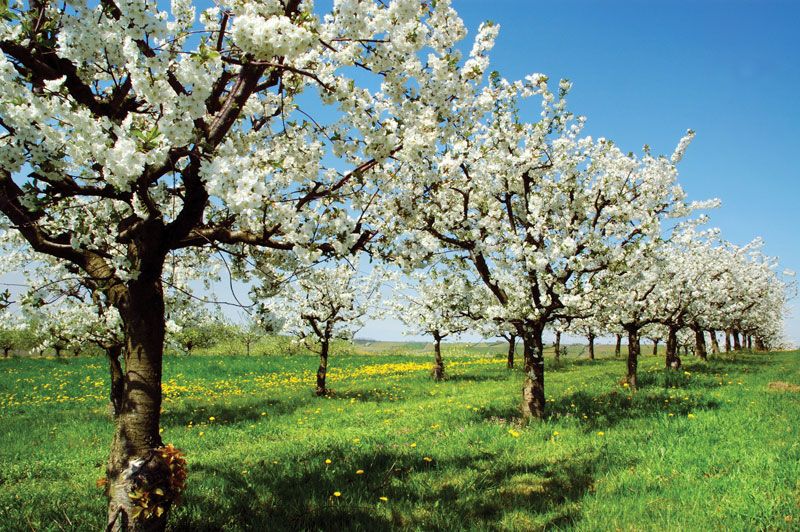
Cultivation and Growing Regions
Ideal Growing Conditions
Cherries thrive in temperate climates with distinct seasons. They require a period of winter dormancy and a certain number of chill hours to properly produce fruit. The ideal climate for cherry cultivation is characterized by mild winters, cool springs, and warm summers. Well-drained soil that is rich in organic matter is also essential for optimal cherry growth and development.
Top Cherry-Producing Countries
Cherries are grown in various countries around the world, but some nations stand out as major producers. The top cherry-producing countries include Turkey, the United States, Iran, Russia, and Italy. These countries benefit from suitable growing conditions and have well-established cherry industries that cater to both domestic and international markets.
Cherry Orchards in Different Continents
Cherry orchards can be found on nearly every continent, with each region offering unique growing conditions. In Europe, countries such as Spain, Italy, and Germany have a long history of cherry cultivation. North America, particularly the Pacific Northwest region of the United States, is renowned for its cherry orchards. In Asia, Turkey and Iran are significant cherry-producing nations. Australia, Chile, and Argentina are some of the key cherry-growing countries in Oceania and South America.
Notable Growing Regions
Within these countries, there are specific regions that are known for their exceptional cherry production. The Pacific Northwest region of the United States, encompassing the states of Oregon, Washington, and Idaho, is considered one of the premier cherry-growing regions in the world. The Willamette Valley in Oregon is particularly renowned for its high-quality sweet cherries. In Europe, the Emilia-Romagna region in Italy and the Aargau region in Switzerland are recognized for their cherry cultivation.
Harvesting and Processing
Harvesting Time
The timing of cherry harvest varies depending on the specific variety and growing region. In general, sweet cherry harvest takes place in the late spring to early summer, while sour cherry harvest occurs slightly later in the summer. Growers carefully monitor the ripeness of the cherries, as they must be picked at the right moment to ensure optimal flavor and shelf life. Harvesting is typically done by hand to avoid damaging the delicate fruit.
Packaging and Transportation
After harvesting, cherries are carefully packaged to protect their delicate nature. They are placed in shallow containers or punnets, which are designed to prevent bruising and allow air circulation to maintain freshness. Once packaged, cherries are transported via refrigerated trucks or air freight to minimize temperature fluctuations and maximize shelf life. Fast and efficient transportation is crucial to ensure that cherries reach consumers at their peak freshness and quality.
Processing Techniques
While many cherries are enjoyed fresh, some are processed into various products. Sour cherries, in particular, are commonly used to make preserves, jams, and pie fillings. The processing techniques for cherries can include pitting, blanching, freezing, canning, or drying. These methods help to preserve the flavor and texture of the cherries so that they can be enjoyed throughout the year.
Preservation and Storage
To extend the shelf life of cherries, proper preservation and storage techniques are essential. Cherries are highly perishable and can quickly spoil if not handled correctly. After harvest, cherries are stored at cool temperatures and high humidity to maintain their freshness. Consumers are advised to refrigerate cherries immediately after purchase and consume them within a few days. However, cherries can also be frozen, canned, or dried for longer-term storage and future use.
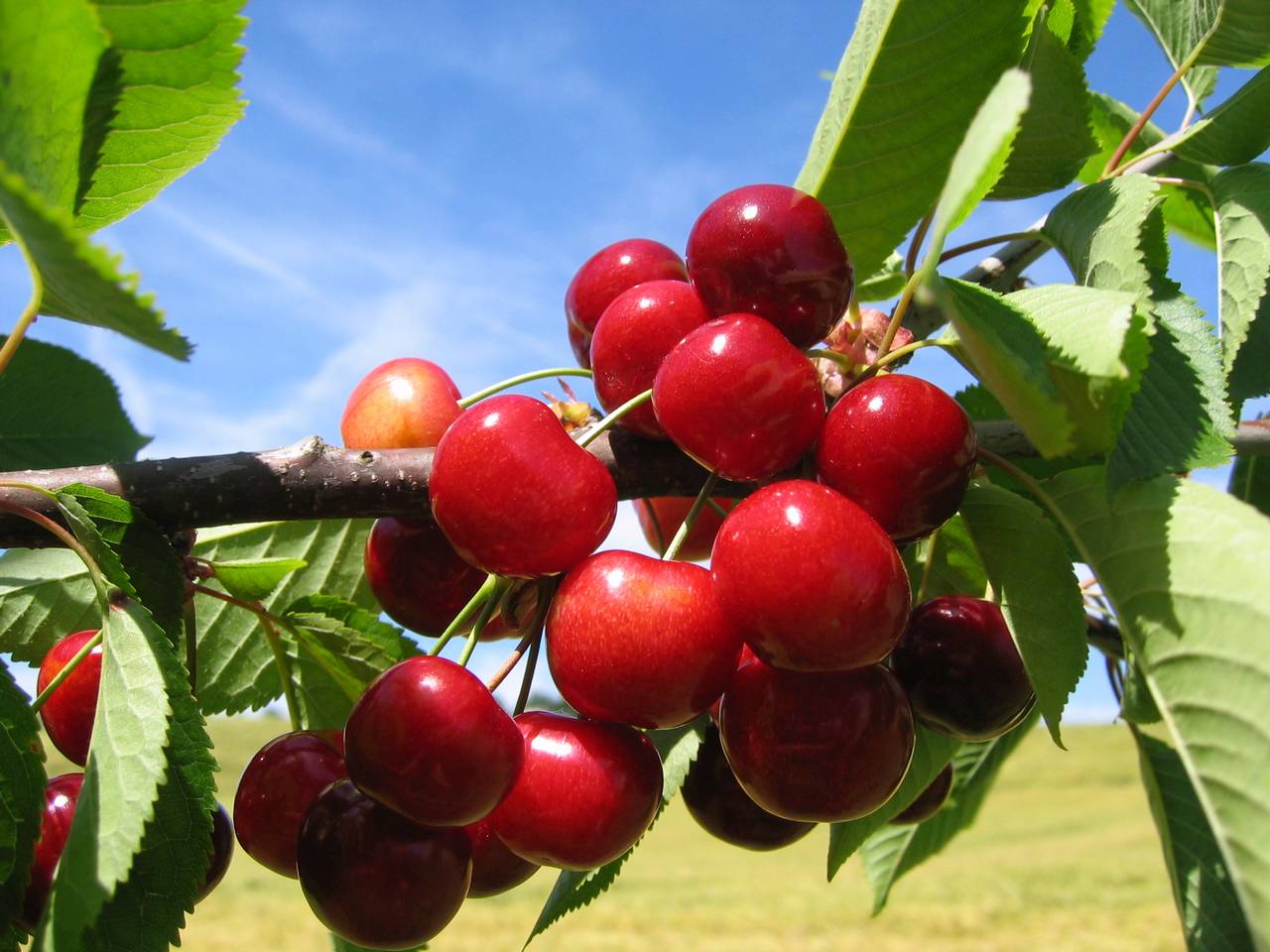
Cherries in History and Culture
Cherries in Ancient Times
Cherries have been revered for their beauty and flavor since ancient times. In ancient Greece and Rome, cherries were considered a luxury fruit and were often reserved for the wealthy elite. They were frequently depicted in ancient artwork and were associated with abundance, fertility, and indulgence. Cherries were also highly valued in Chinese and Persian cultures, where they held symbolic meaning and were used in various rituals and ceremonies.
Symbolism and Cultural Significance
Throughout history, cherries have held symbolic meanings in different cultures. In Chinese culture, cherries symbolize immortality and the cycle of life and death. In Japanese culture, cherry blossoms hold great significance and symbolize the ephemeral nature of life. The blooming of cherry blossoms is celebrated with hanami (flower-viewing) festivals, where people gather to appreciate the beauty of the blossoms.
Cherries in Art and Literature
Cherries have inspired artists and writers for centuries. They have been featured in still-life paintings, depicting their vibrant colors and alluring beauty. In literature, cherries often symbolize temptation, desire, and the fleeting nature of pleasure. They are frequently used as metaphors in poems and novels to explore themes of passion, innocence, and transience.
Nutritional Value of Cherries
Vitamins and Minerals
Cherries are rich in essential vitamins and minerals. They are a good source of vitamin C, which is important for immune function and collagen synthesis. Cherries also provide vitamin A, potassium, and dietary fiber. These nutrients play vital roles in supporting overall health and wellbeing.
Antioxidant Content
Cherries are known for their high antioxidant content. Antioxidants help protect the body against oxidative stress, which can lead to cellular damage and chronic diseases. Cherries contain various antioxidants, such as anthocyanins, which give cherries their vibrant colors, and polyphenols, which have been linked to numerous health benefits.
Health Benefits
Consuming cherries as part of a balanced diet is associated with several health benefits. The antioxidants found in cherries may have anti-inflammatory properties, which can help reduce the risk of chronic diseases, such as heart disease and certain types of cancer. Cherries have also been shown to promote better sleep, reduce muscle soreness, and support joint health.
Potential Side Effects
While cherries are generally safe for consumption, some individuals may experience allergic reactions to cherries. People with known allergies to other fruits, such as apples or peaches, may be more prone to cherry allergies. Additionally, cherries contain natural sugars, and excessive consumption may result in gastrointestinal discomfort or an increase in blood sugar levels. As with any food, moderation is key.
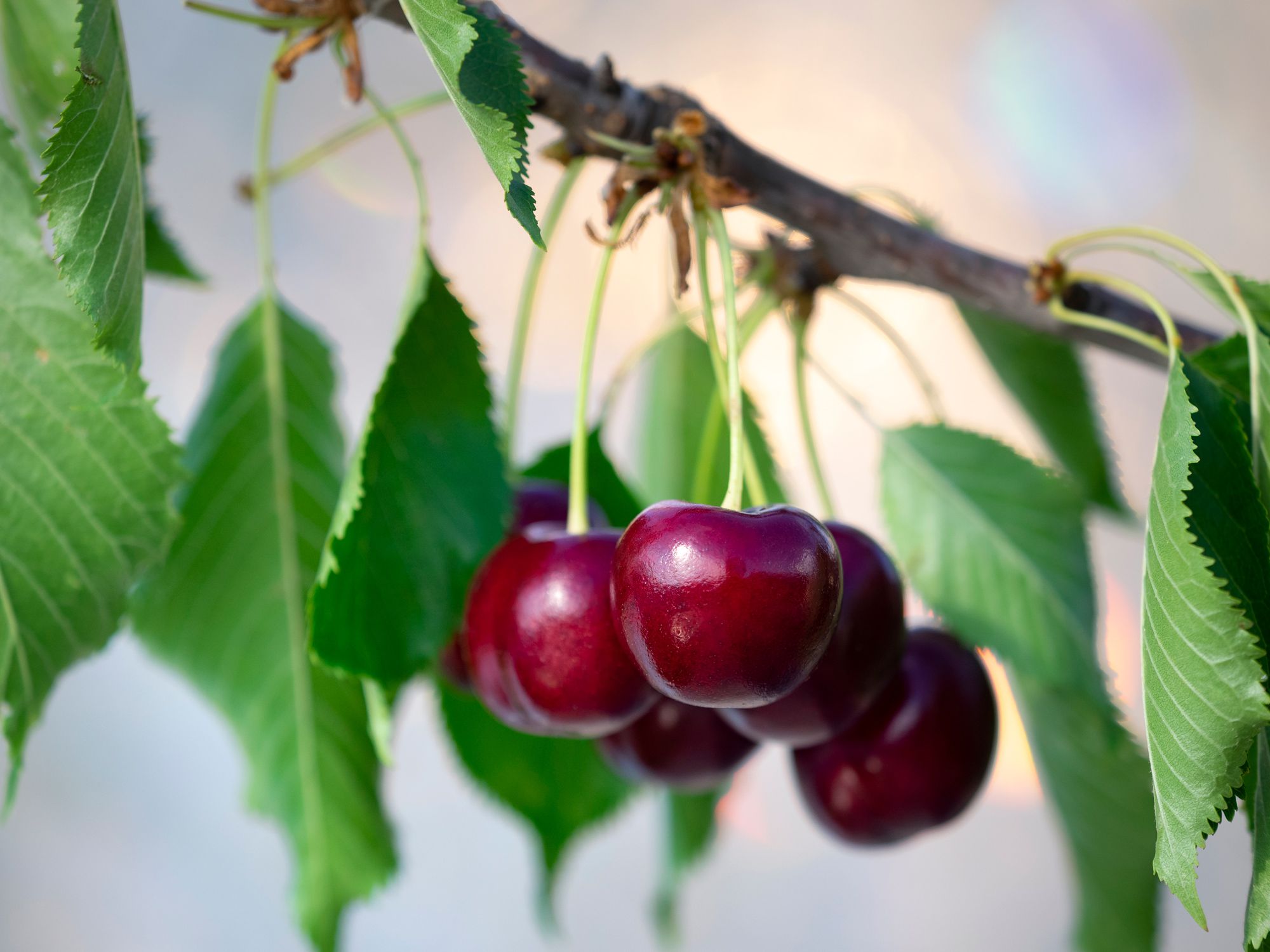
Popular Uses of Cherries
Fresh Consumption
One of the most common and enjoyable ways to consume cherries is fresh, straight from the tree or purchased at a local market. The sweet, juicy flavor of cherries makes them a delightful summer snack. They can be enjoyed on their own or as a refreshing addition to salads, yogurt, or desserts.
Culinary Applications
Cherries are a versatile ingredient in the culinary world. Sweet cherries can be used in a variety of desserts, such as pies, cobblers, and tarts. Sour cherries are especially prized for their tartness and are often used in baking, jams, and sauces. Both sweet and sour cherries can be incorporated into savory dishes, adding a unique flavor profile to dishes like salads, glazes, and sauces.
Cherries in Drinks
Cherries are a popular addition to beverages, adding flavor and visual appeal. Cherry juice, cherry sodas, and cherry-flavored cocktails are enjoyed by many. Additionally, maraschino cherries, which are cherries that have been preserved in syrup, are commonly used as garnishes for cocktails and desserts.
Cherry Variants in Food Products
Cherry flavors are also found in a wide array of food products. Cherry preserves, cherry pie filling, and cherry-flavored ice cream are just a few examples of the many cherry variants available in stores. The distinct taste and aroma of cherries add a burst of flavor to these products, appealing to cherry enthusiasts all year round.
Cherry Festivals and Events
International Cherry Festival in Michigan
One of the most well-known cherry festivals is the International Cherry Festival, held annually in Traverse City, Michigan. This week-long event celebrates the cherry harvest and includes activities such as cherry pie eating contests, parades, live music, and arts and crafts shows. The festival is a vibrant celebration of cherries and attracts visitors from near and far.
National Cherry Blossom Festival in Washington D.C.
Although not directly related to cherries as a fruit, the National Cherry Blossom Festival in Washington D.C. showcases the beauty and significance of cherry blossoms. This renowned festival commemorates the gift of cherry blossom trees from Japan to the United States and features various cultural events, including exhibitions, performances, and the iconic National Cherry Blossom Parade.
Other Cherry Festivals Worldwide
Cherry festivals are not limited to the United States. Various countries around the world host their own cherry-themed celebrations. In Japan, the cherry blossom season is celebrated with hanami festivals, where people gather under blooming cherry trees to enjoy picnics and admire the stunning pink blossoms. In Europe, countries such as Germany, Switzerland, and the Czech Republic hold cherry festivals to honor the cherry harvest and showcase their local cherry products.
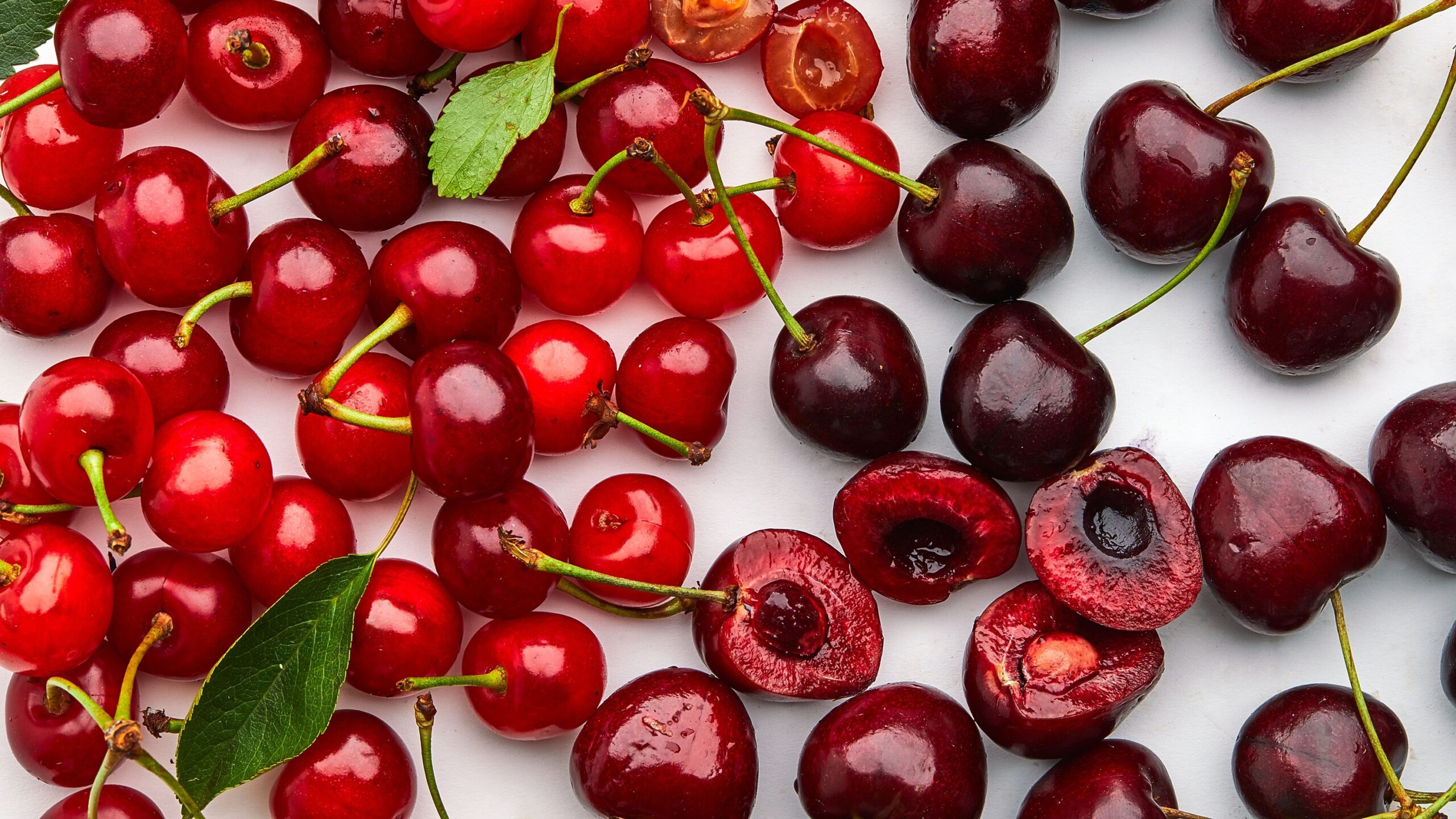
Cherries in the Economy
Economic Importance
The cherry industry plays a significant role in the global economy. Cherries are a high-value crop, and the demand for fresh cherries, processed cherries, and cherry-based products continues to grow. The cultivation, processing, and distribution of cherries contribute to employment opportunities and economic growth in various regions across the world.
Cherry Production Industry
The cherry production industry encompasses a wide range of activities, including orchard management, harvesting, processing, and marketing. Growers and producers work together to ensure the availability of high-quality cherries while meeting the demands of consumers and markets. The industry requires skilled labor, technological innovations, and efficient supply chains to thrive and remain competitive.
Trade and Market Demand
Cherries are traded both domestically and internationally, making them an important commodity in the global market. There is a strong demand for fresh cherries, especially during the cherry season, with consumers seeking out the best-tasting and highest-quality fruit. Processed cherry products, such as canned cherries, cherry preserves, and cherry juice, also have a steady market demand throughout the year.
Cherries as a Source of Income
For many cherry growers, cherries serve as a vital source of income. Small-scale farmers and large-scale cherry orchards alike rely on the profitability of cherry production to support their livelihoods. Cherry harvest provides seasonal employment opportunities, allowing local communities to thrive during the cherry season. The economic impact of cherries extends beyond the immediate industry, benefiting both rural and urban economies.
Challenges and Future of Cherry Production
Climate Change and Its Impact
Climate change poses significant challenges for cherry production. Temperature fluctuations, unpredictable weather patterns, and extreme events such as frosts or heatwaves can directly affect cherry trees and disrupt the growing cycle. Shifts in climate conditions might also lead to changes in suitable growing regions and impact the timing of ripening, potentially affecting the availability and quality of cherries.
Pests and Diseases
Cherry trees are prone to various pests and diseases that can significantly impact their growth and productivity. Insects such as aphids, mites, and fruit flies can damage cherries, while fungal diseases like brown rot and powdery mildew can cause fruit rot and reduce yields. Integrated pest management and disease prevention strategies are crucial for sustainable cherry production.
Emerging Cultivation Techniques
To overcome challenges and improve cherry production, researchers and growers are continually exploring innovative cultivation techniques. This includes the development of disease-resistant cherry tree varieties, the use of precision agriculture technologies to monitor and optimize growing conditions, and the implementation of sustainable agriculture practices to reduce environmental impact.
Research and Development Efforts
Research and development efforts focusing on cherries are vital for the future of cherry production. Continued research into pest and disease management, improved post-harvest handling techniques, and the development of new cherry cultivars can contribute to the resilience and sustainability of the cherry industry. Collaboration between universities, research institutions, and industry stakeholders is essential in driving innovation and maintaining the long-term viability of cherry production.
In conclusion, cherries have a rich history and cultural significance, with their origins traced back to ancient times. They come in various varieties, each with its own unique characteristics. Cherries are cultivated in different parts of the world under specific growing conditions, contributing to the global cherry industry. Harvesting, processing, and preservation techniques are employed to ensure the quality and freshness of cherries. Cherries offer not only delicious flavor but also numerous health benefits, making them a popular choice for fresh consumption and culinary applications. Cherry festivals and events worldwide celebrate the beauty and abundance of cherries. Economically, cherries play a significant role, providing income and employment opportunities. However, the cherry industry faces challenges, including the impact of climate change, pests, and diseases. Research and development efforts are crucial for the future of cherry production, with a focus on sustainable practices and innovative cultivation techniques. The journey of cherries, from their ancient origins to their present-day significance, continues to evolve as the cherry industry adapts and thrives.
